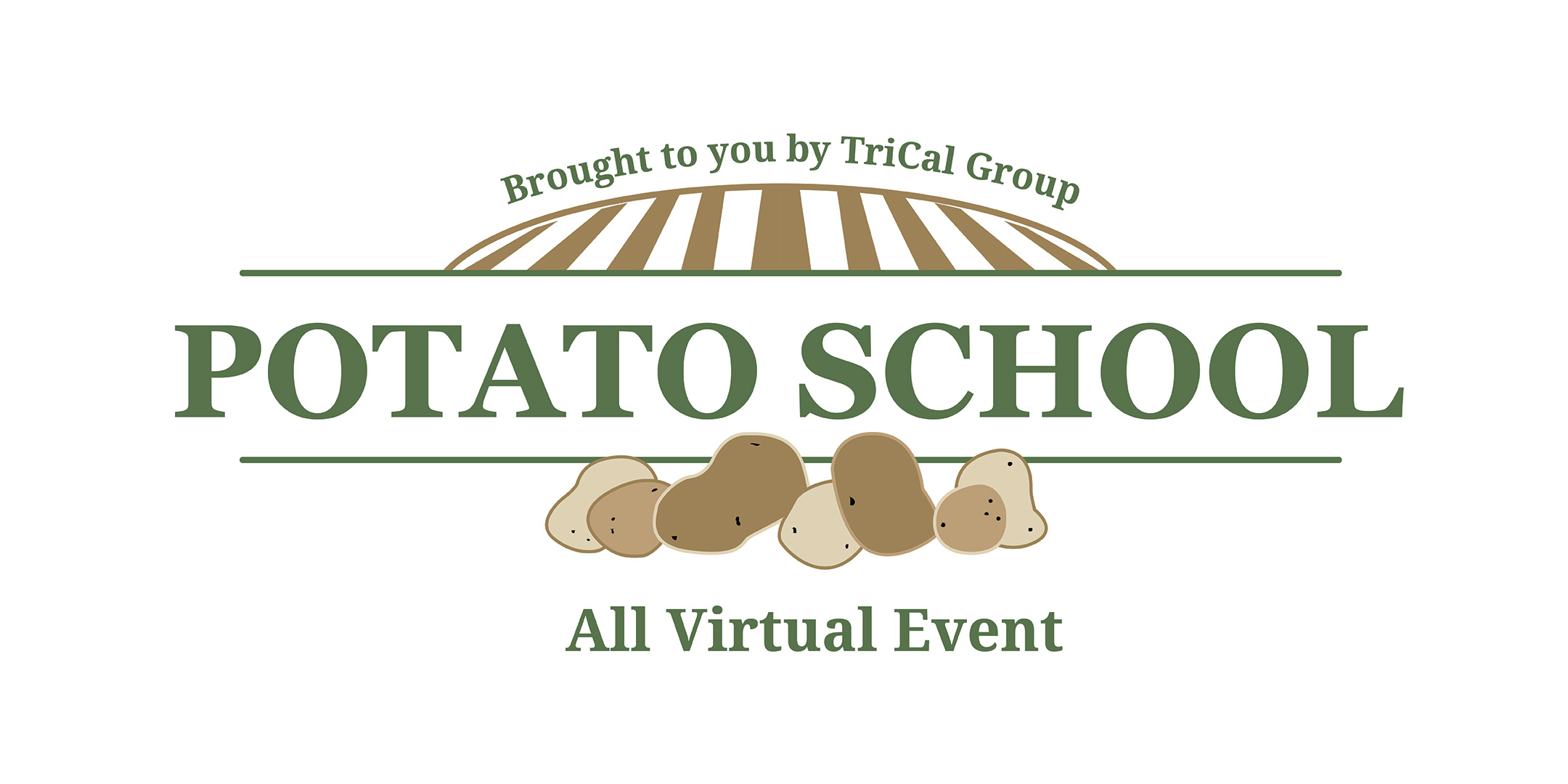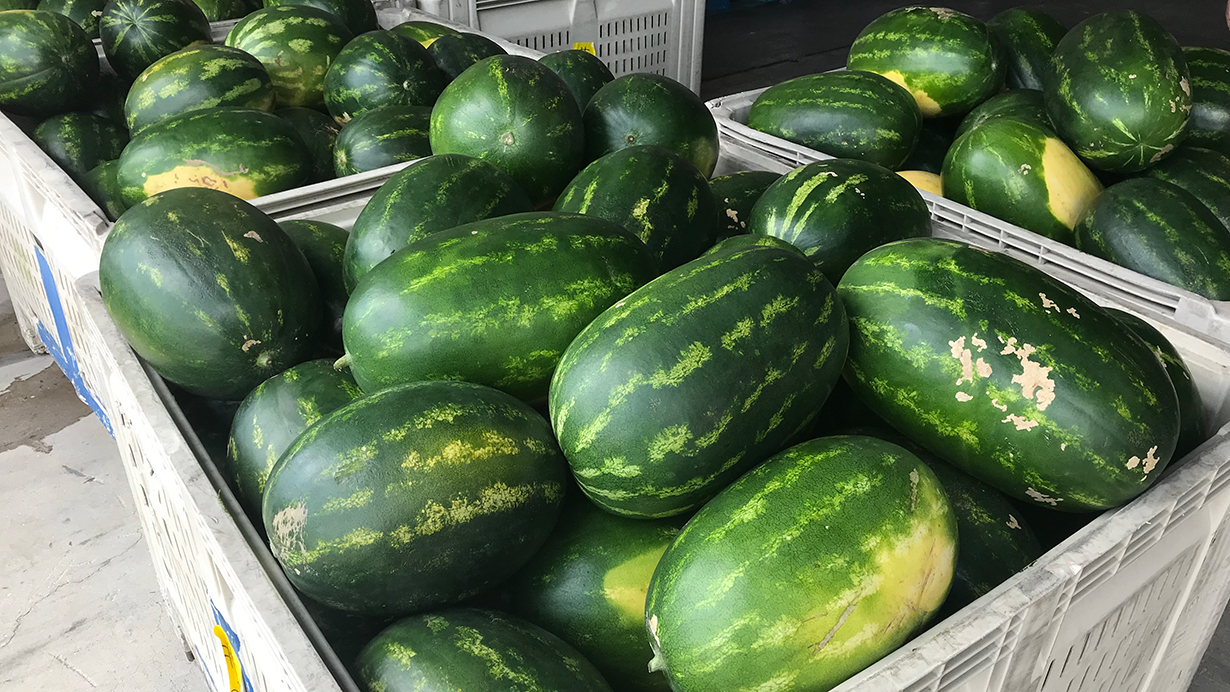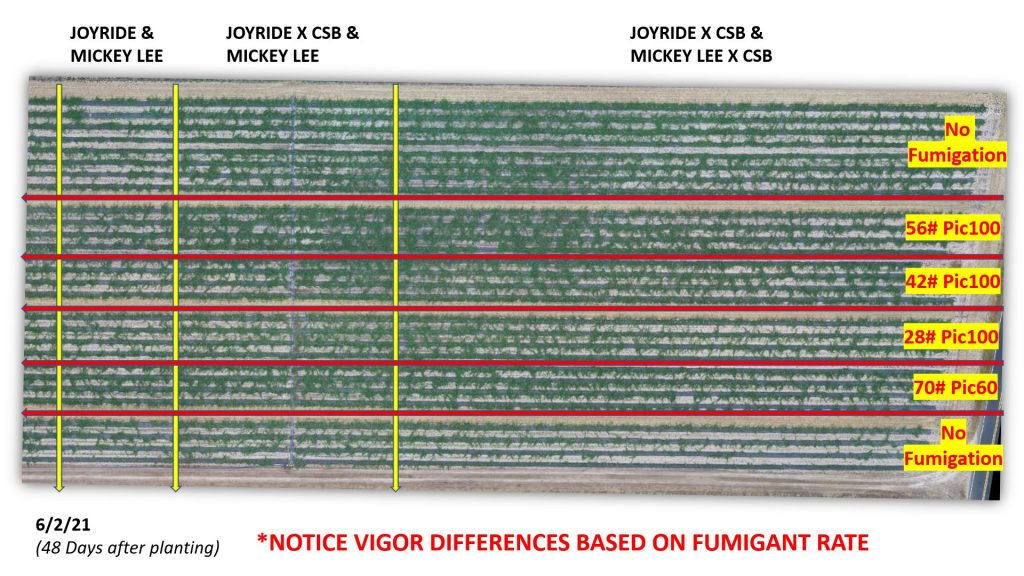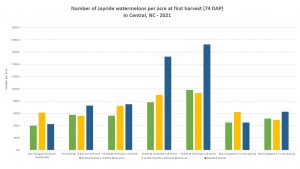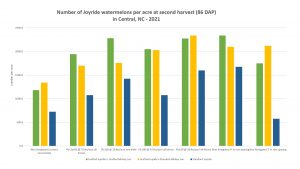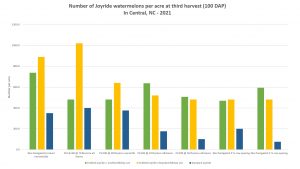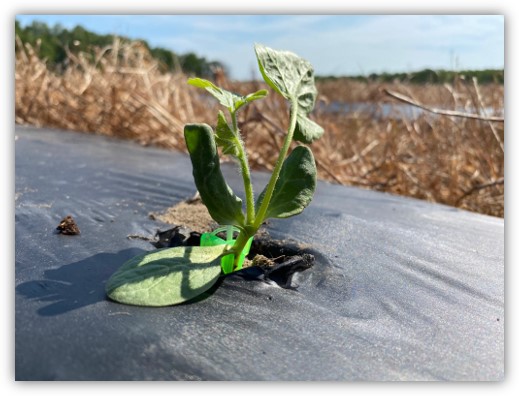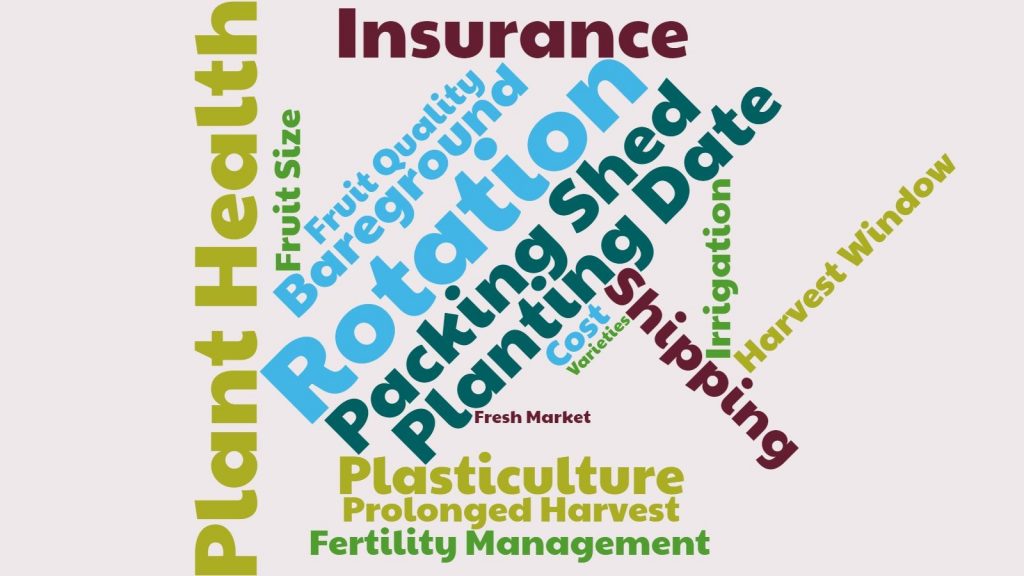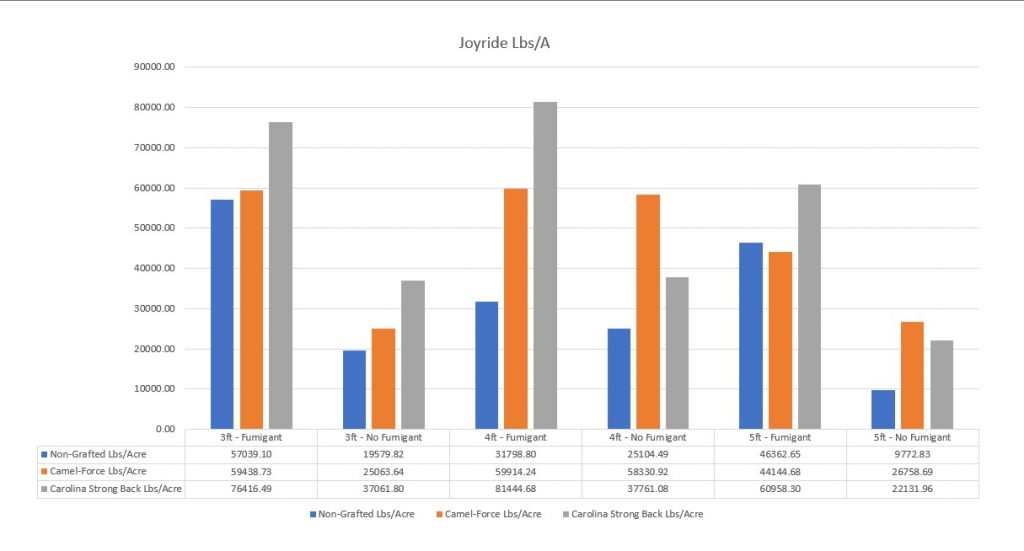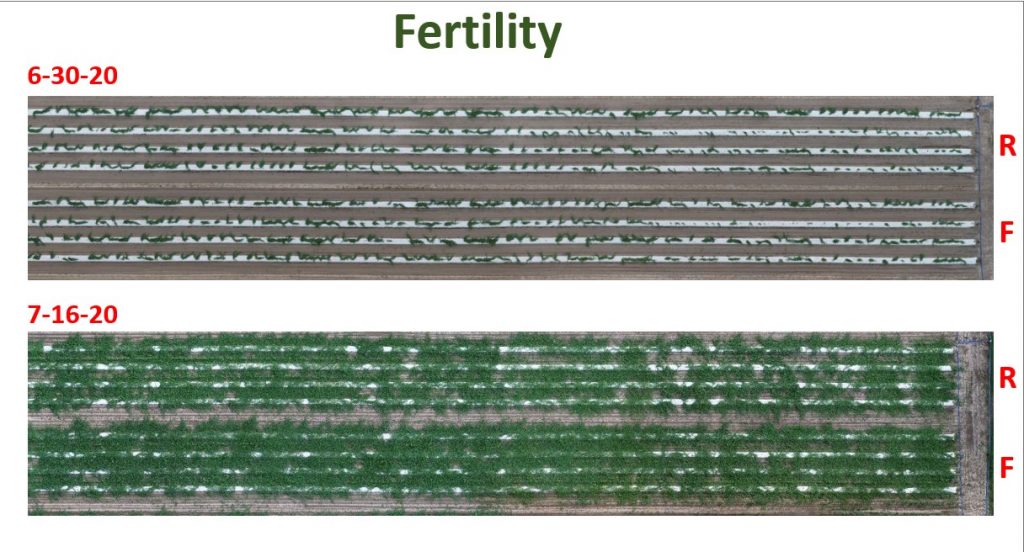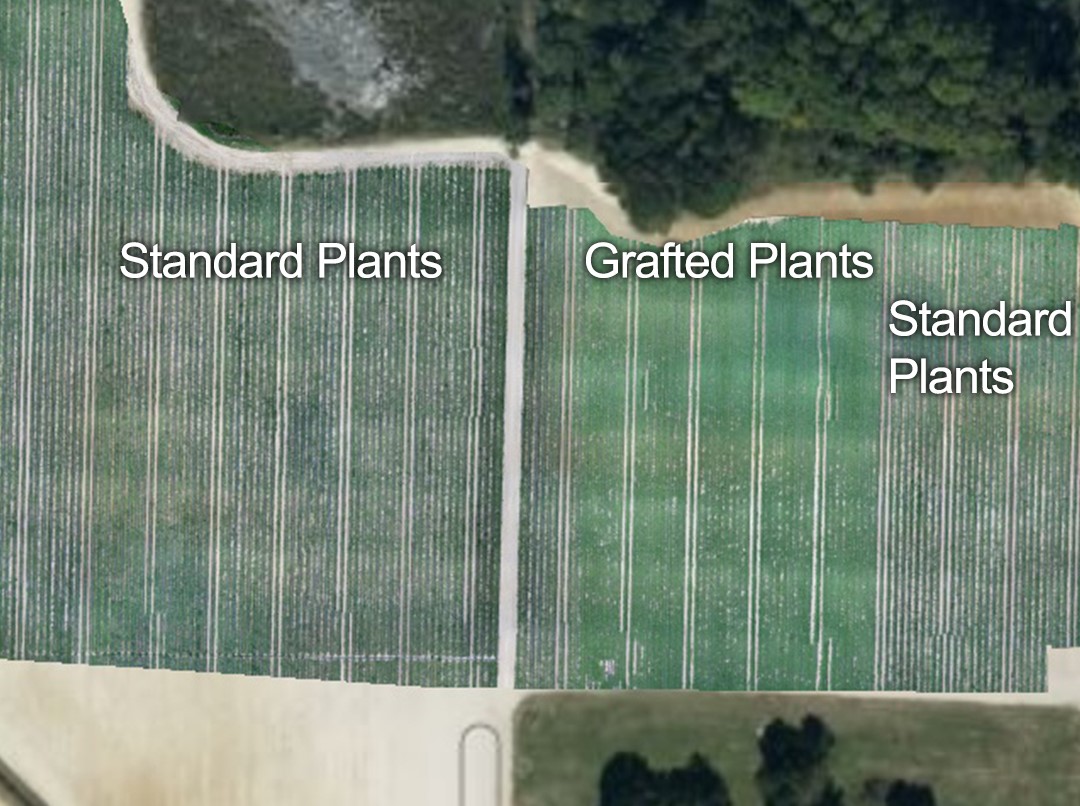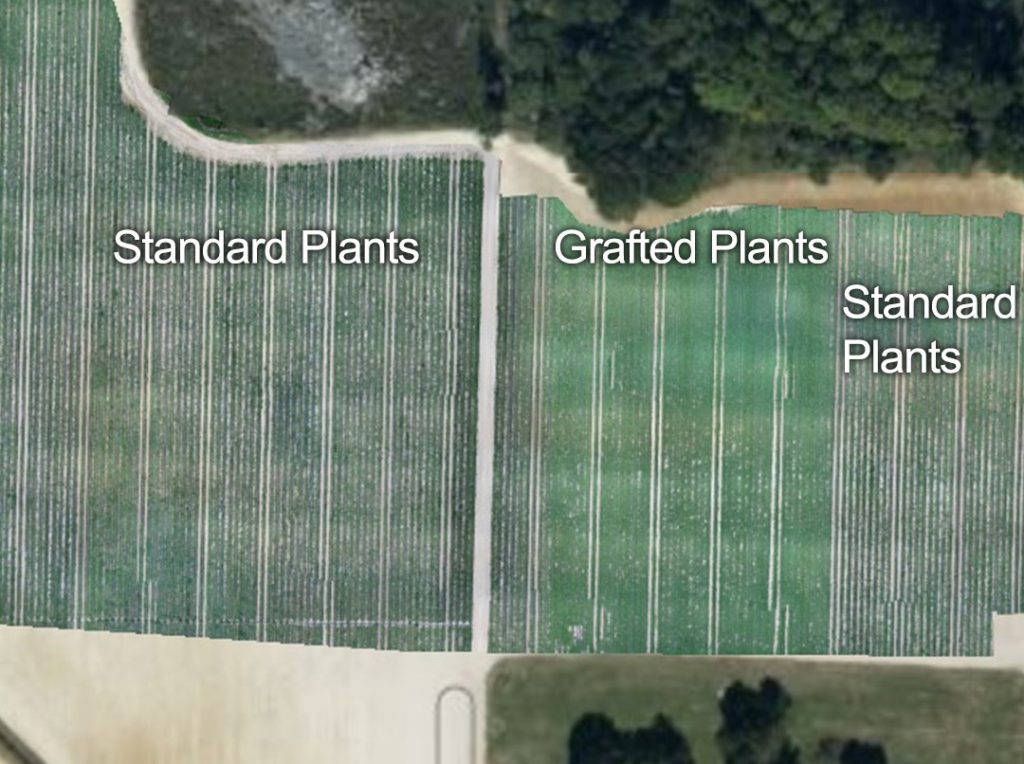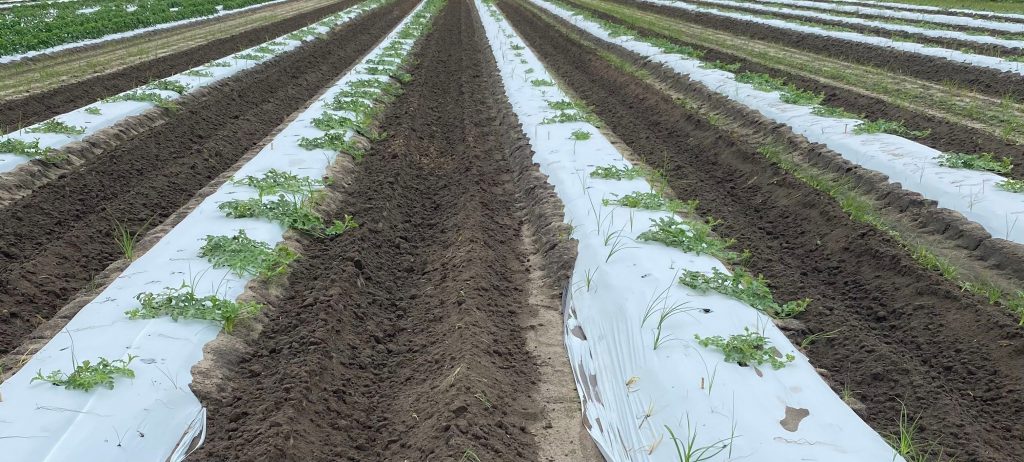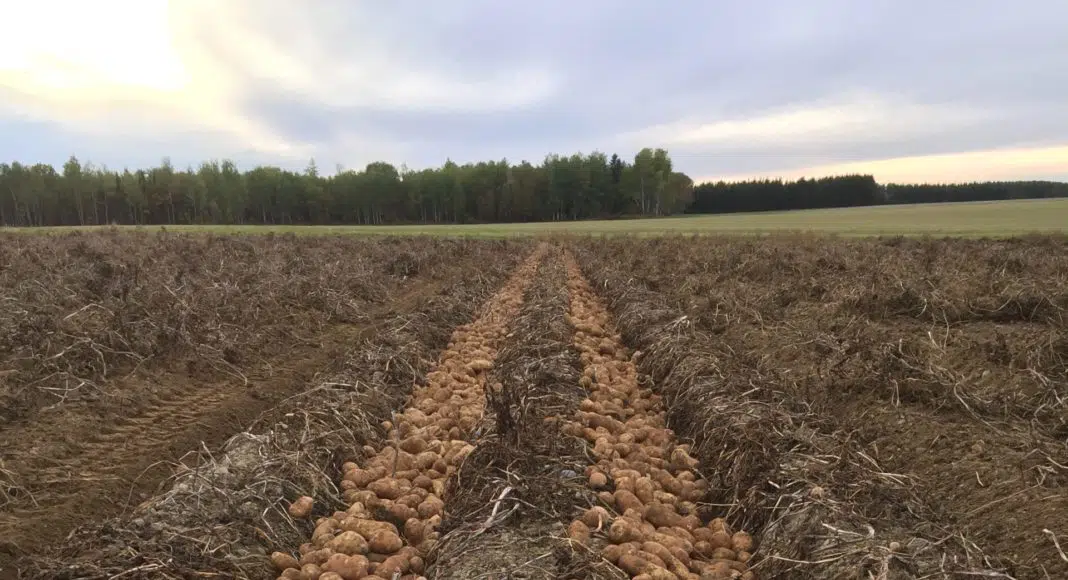Register Now for: POTATO SCHOOL
Tuesday, December 13, Register online:
Potato School – Eventbrite
It is FREE and will be a VIRTUAL ONLINE EVENT.
Come join us for a robust day of learning and discussion. We have an excellent line-up of speakers planned.
Who you will hear and what you will learn:
- Dr. Steve Culman
Washington State University’s Soil Health Endowed Chair:
HOW TO OPTIMIZE CROP SUSTAINABILITY AND REGENERATIVE AGRICULTURAL PRACTICES IN POTATO SYSTEMS - Dr. Gary Secor
North Dakota State University Professor Plant Pathology Department:
AN OVERVIEW OF SOIL BORNE DISEASES IN POTATOES, WITH A FOCUS ON THE DETRIMENTAL IMPACT AND MANAGEMENT OF FUSARIUM AND RHIZOCTONIA - Dr. Chad Hutchinson
TriCal Group Global Director Potato Research and Market Support:
FUNCTIONAL SUSTAINABILITY: USING THE STRIKE SYSTEM TO REACH BOTH YOUR FINANCIAL AND REGENERATIVE AGRICULTURE GOALS - Grower Panel
- Dr. Randy Huckaba
Teleos Ag Solutions Director of Product R&D:
TELONE ™ by Teleos SOIL FUMIGANT FLEXIBILITY IN POTATO PRODUCTION - Jonathan Vink
Sales And Service at Douglas Agricultural Services Inc.:
THE STRIKE SYSTEM – HOW TO GET STRIKE IN THE GROUND: EQUIPMENT, SOIL PREPARATION, AND NUTS & BOLTS OF SOIL FUMIGATION LOGISTICS
*Additional Speakers To Be Added!
CEU Credits have been be applied for and will be offered.
